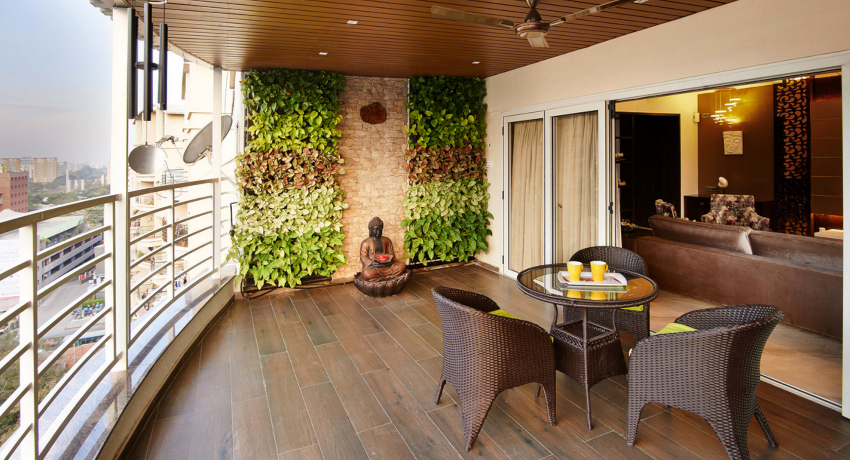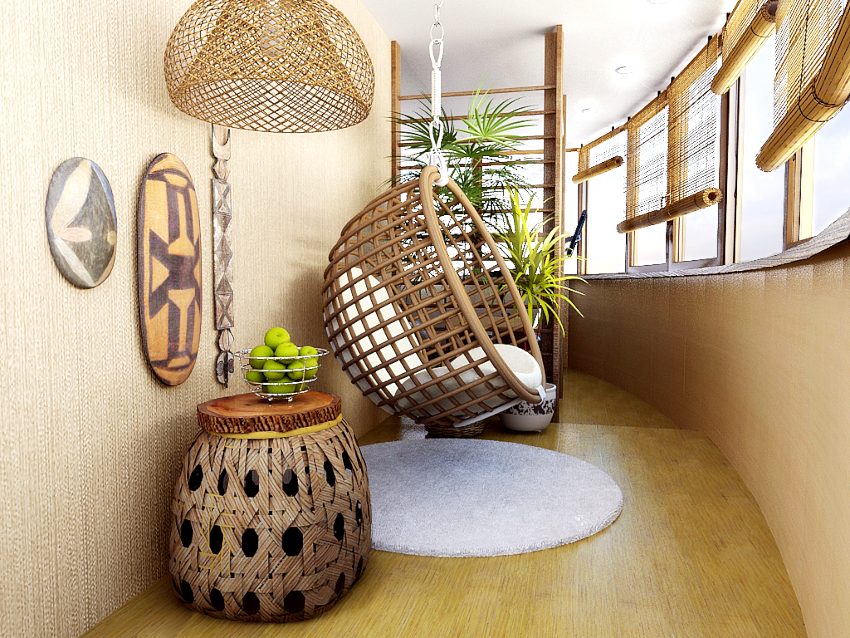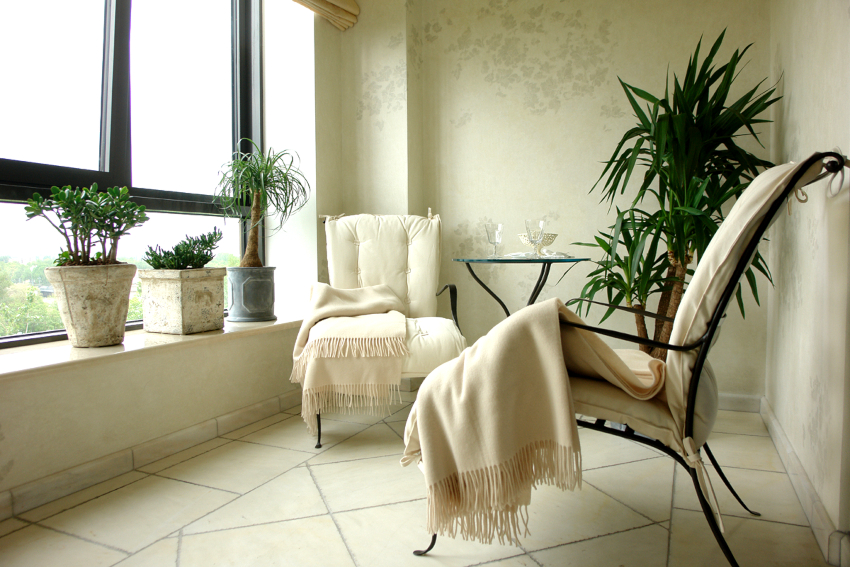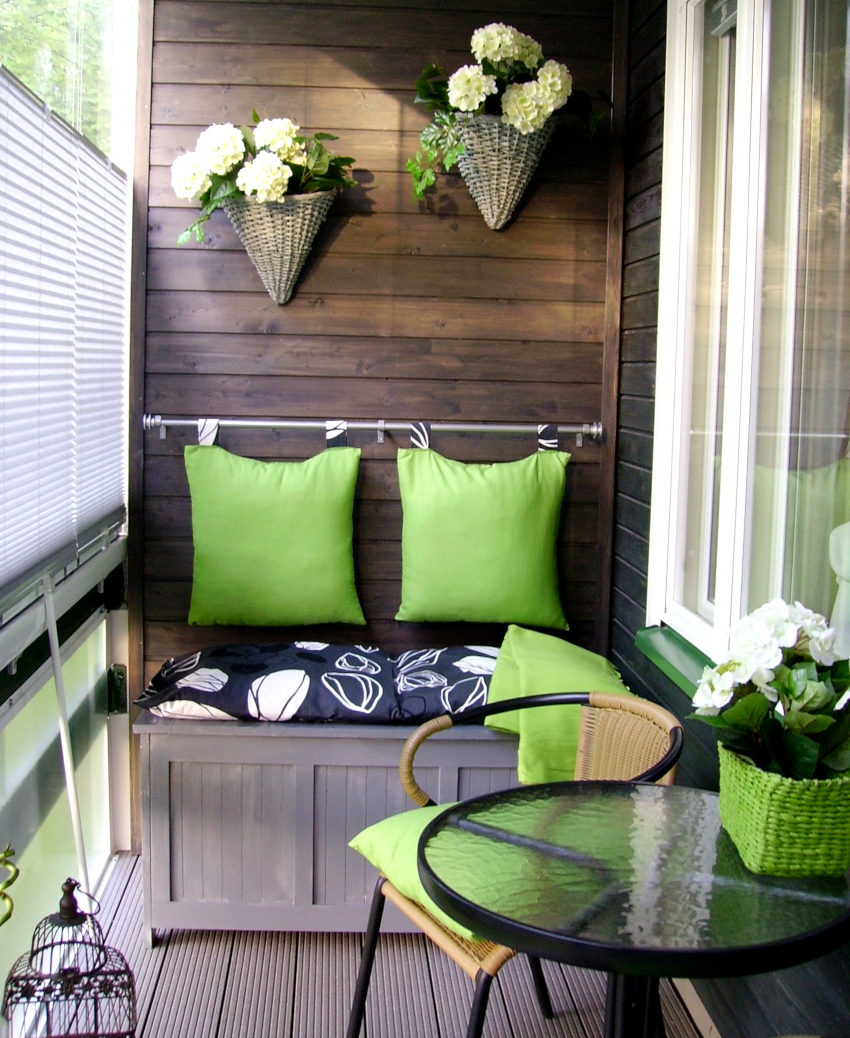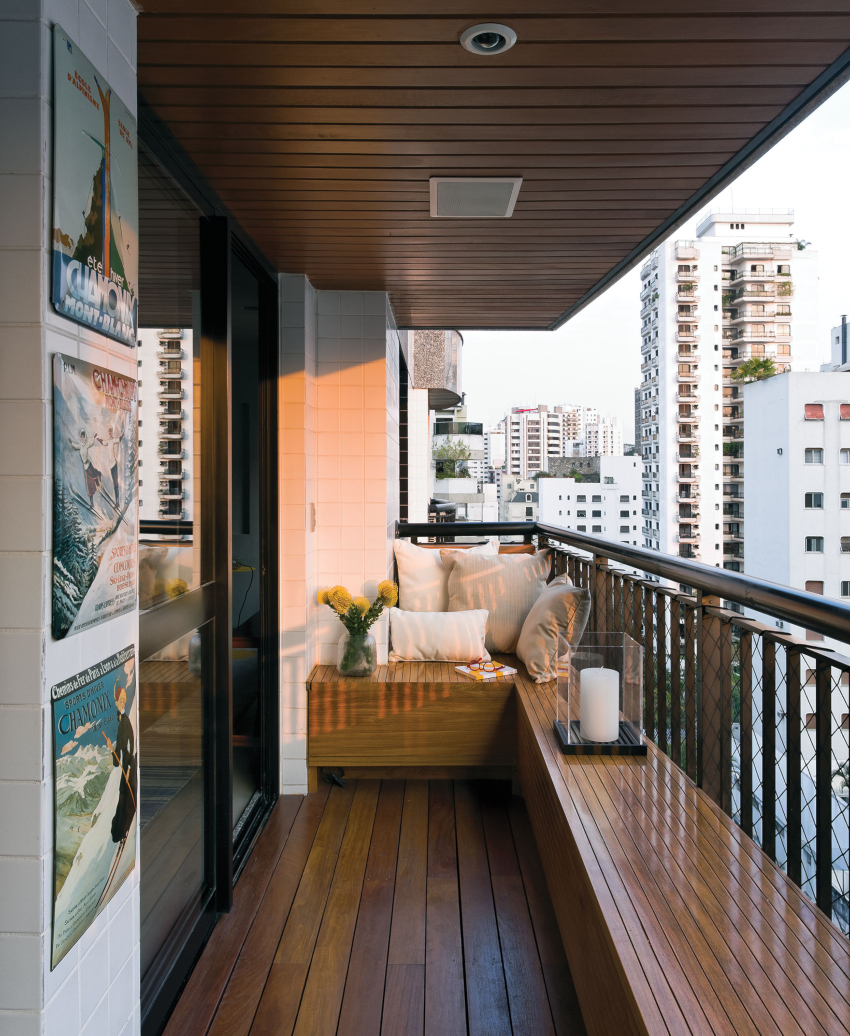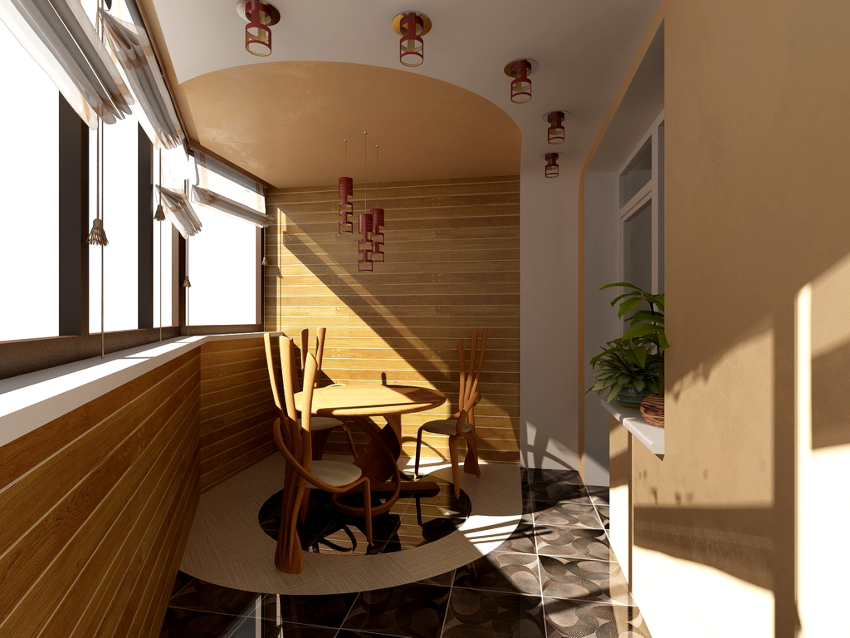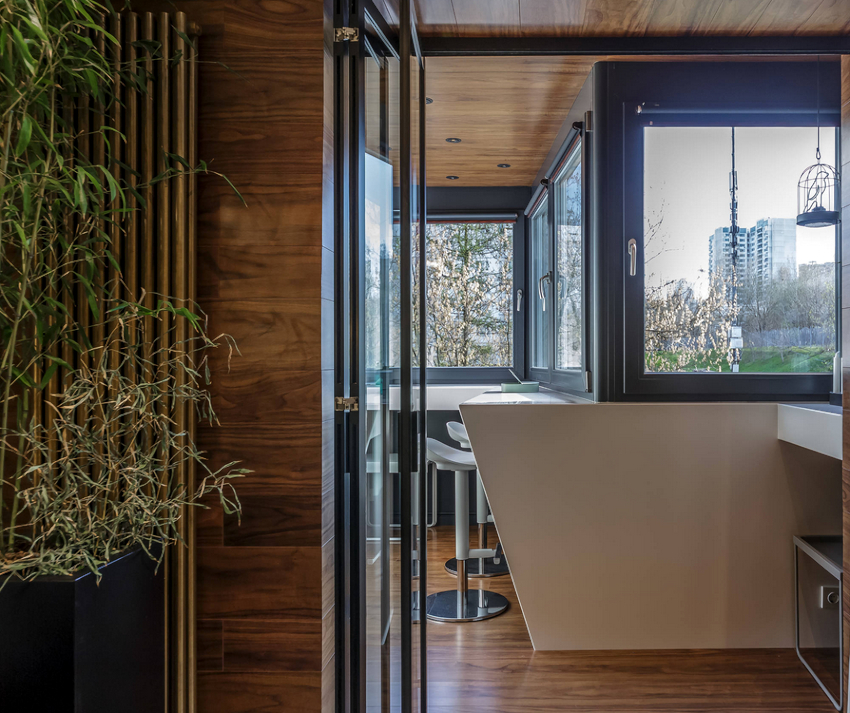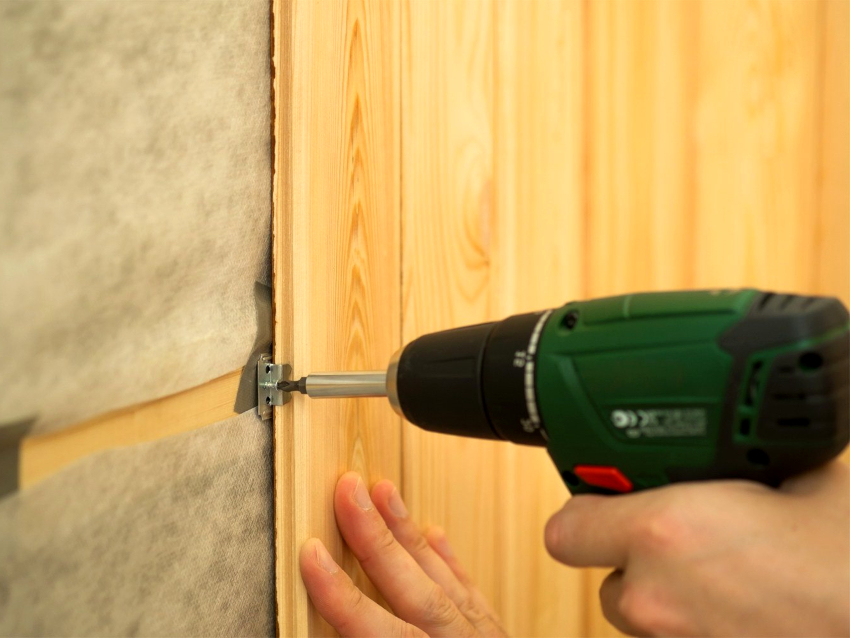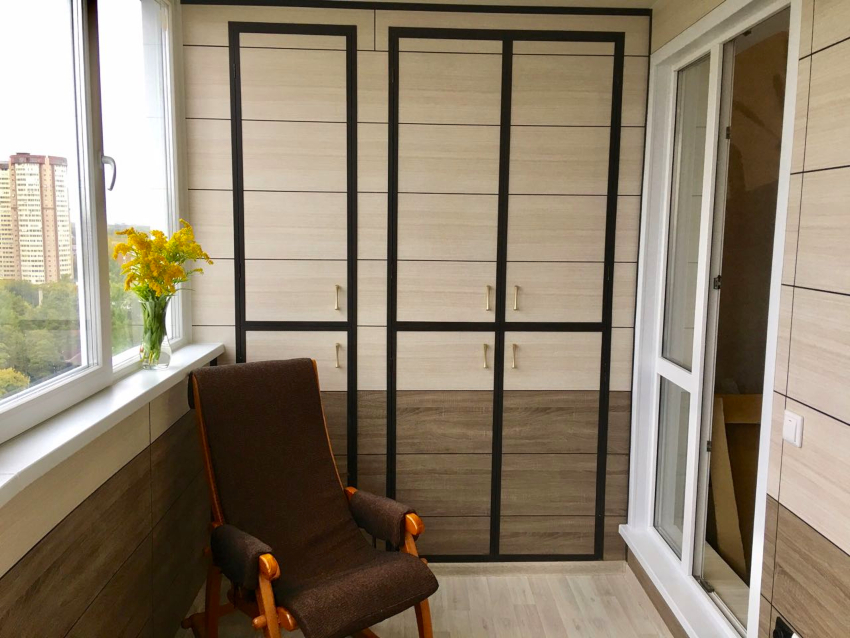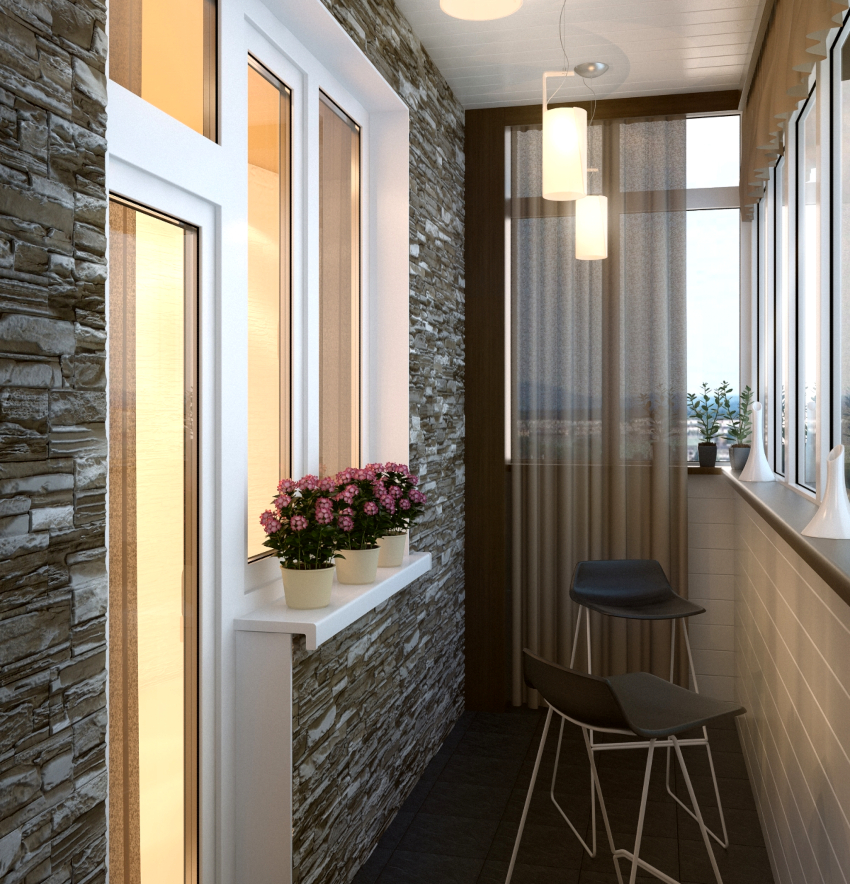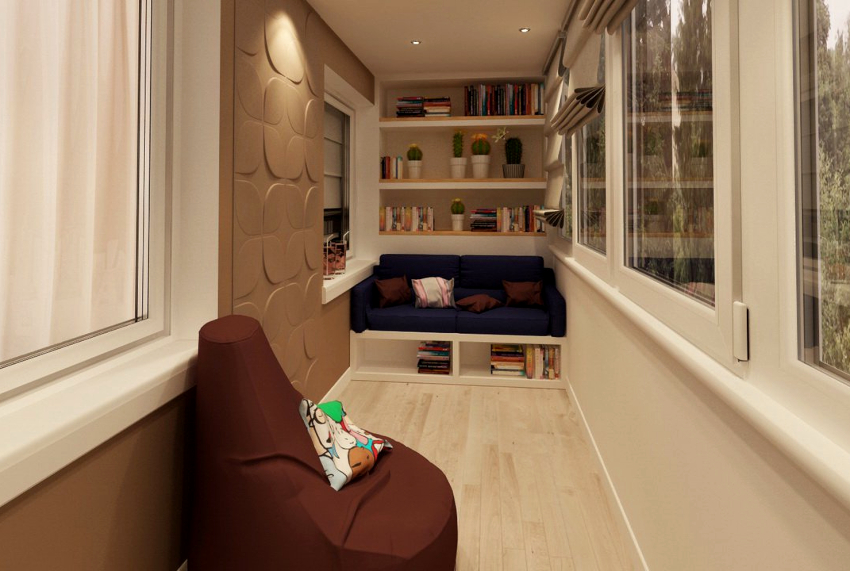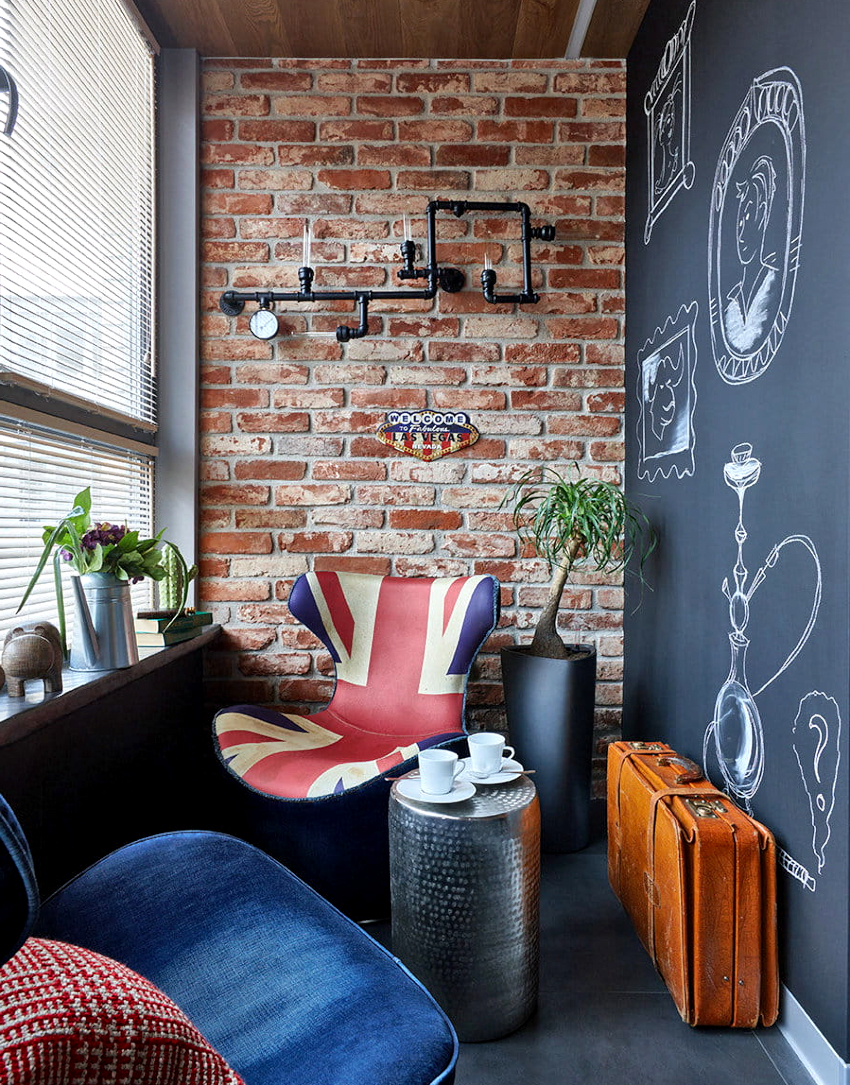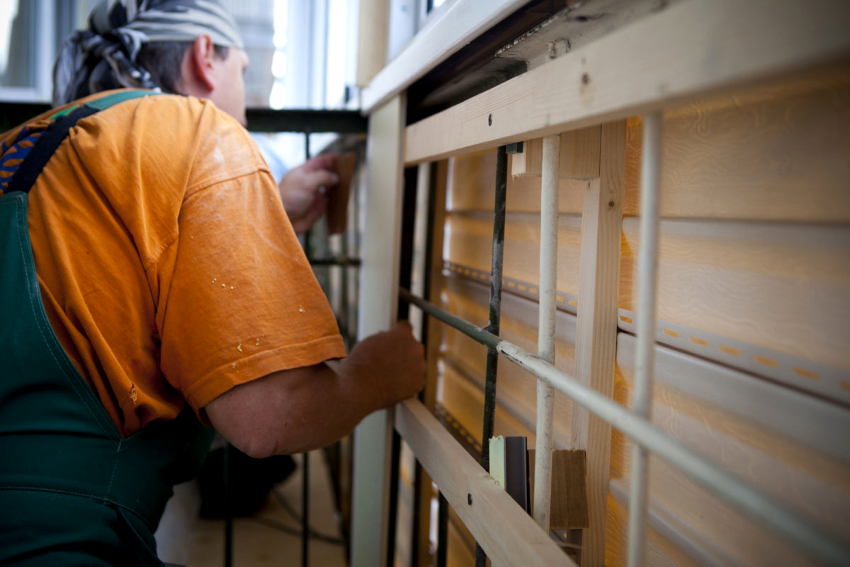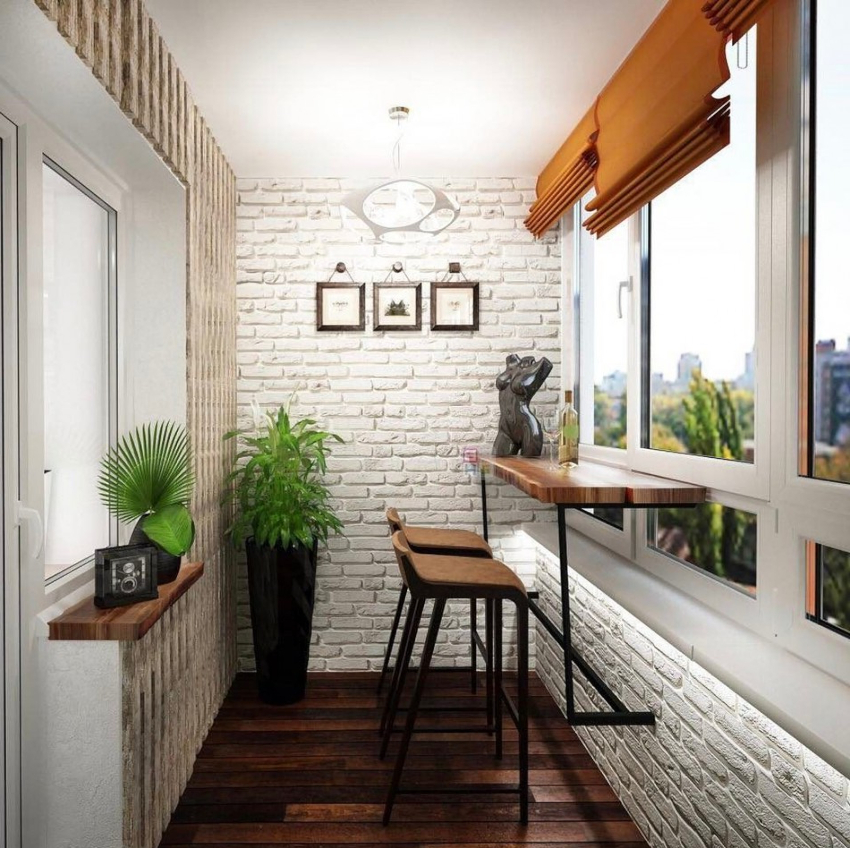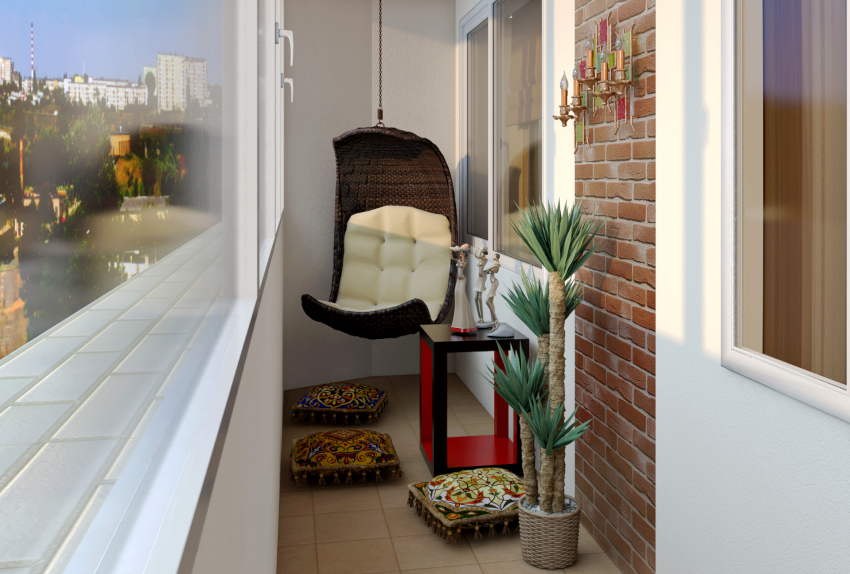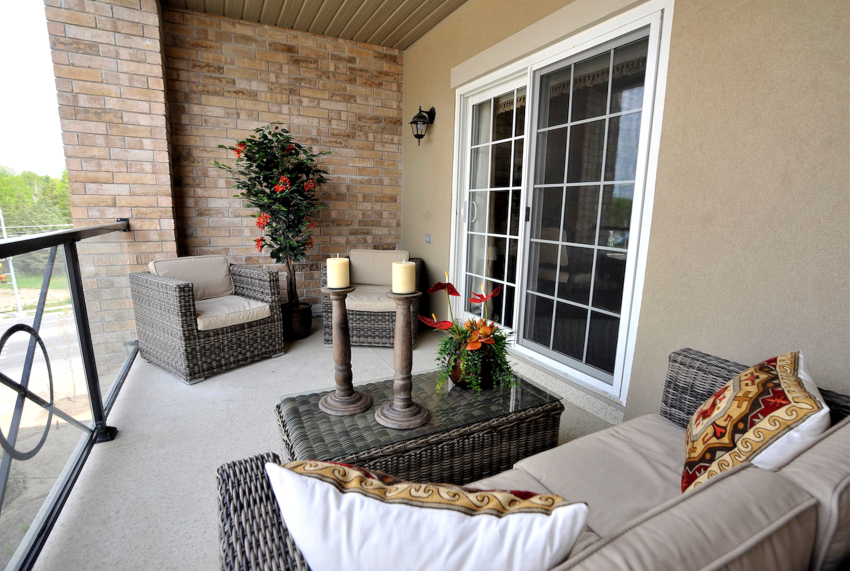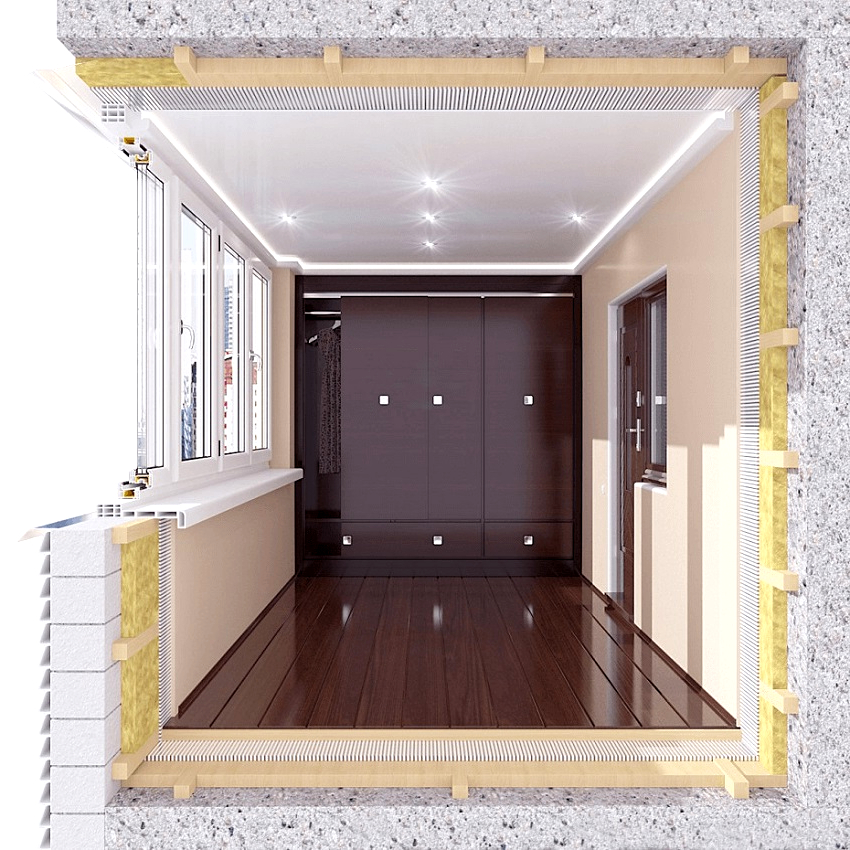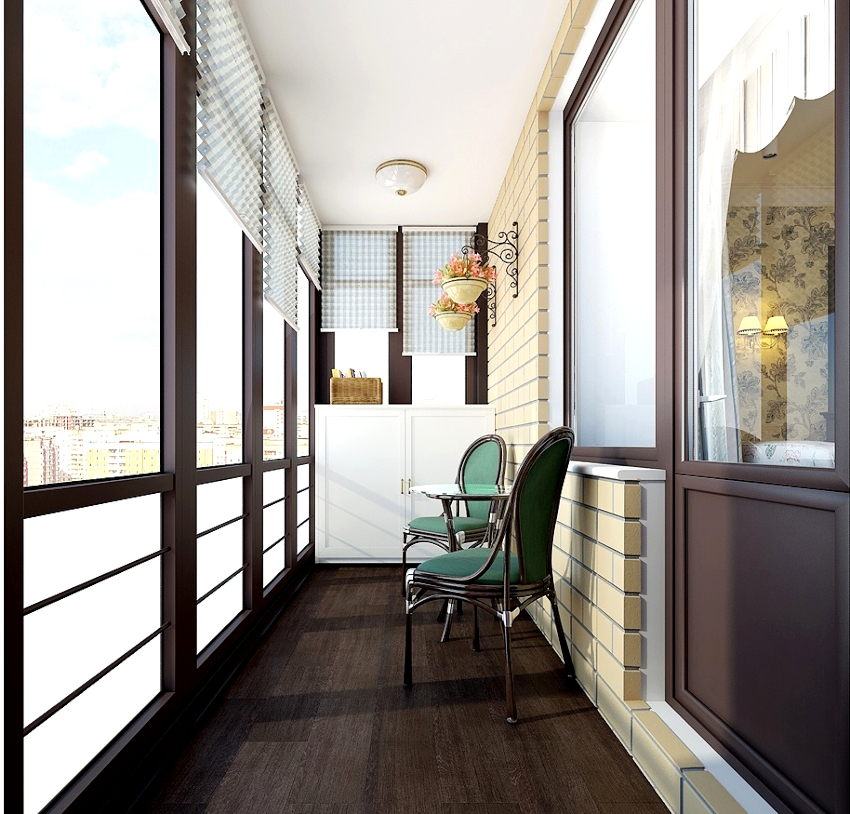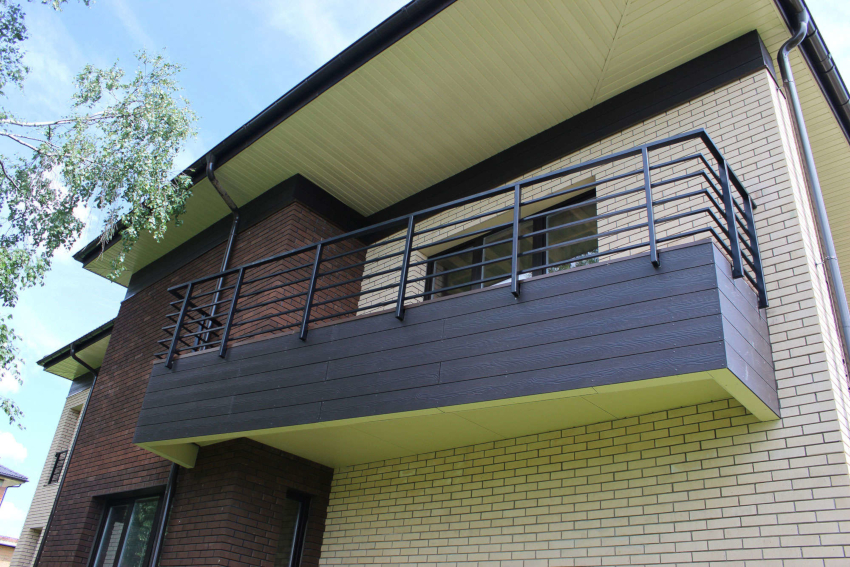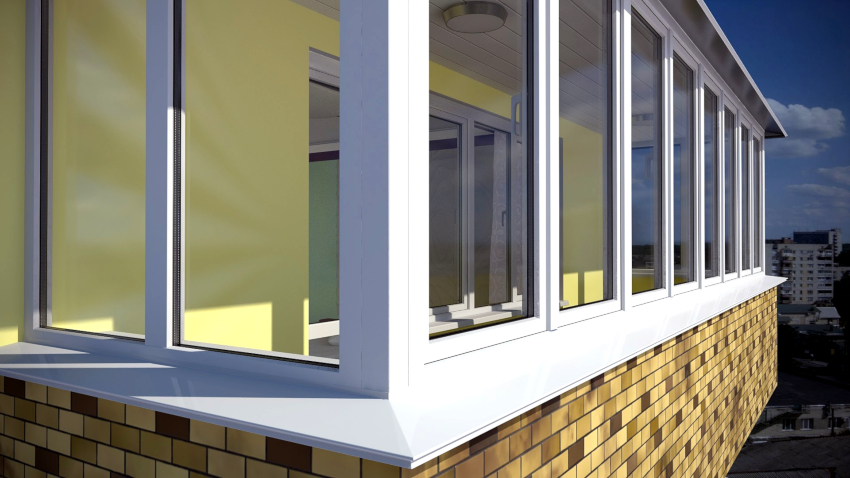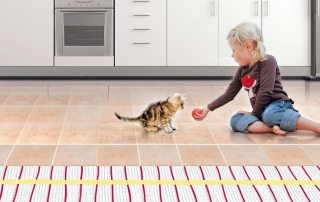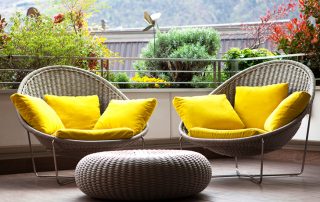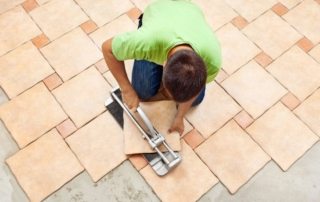The balcony is a protruding part of the residential building, which is fenced with a railing. Such platforms can be glazed. Today, the option of joining a balcony to a room (loggia) is very popular. Finishing the balcony is an integral part of the renovation work. It consists in insulation and decorative cladding directly. In order to make the right choice of finishing materials, you need to get to know each of them in more detail.
Content [Hide]
- 1 How to decorate the balcony inside: possible options
- 2 Balcony decoration: what requirements must be taken into account
- 3 The main advantages of clapboarding balconies
- 4 Features of finishing the balcony with wooden clapboard
- 5 Finishing the loggia with PVC plastic clapboard: a practical and budget option
- 6 Finishing the balcony inside with sandwich panels: a universal cladding option
- 7 How to sheathe the balcony inside? Aluminum panels
- 8 Siding: a popular option for finishing a balcony
- 9 Plasterboard finishing of balconies inside: photos and features
- 10 Balcony decoration with stone and ceramic tiles
- 11 Using decorative plaster to repair a balcony: photo
- 12 How to insulate walls on a balcony or loggia: repairs using various materials
- 13 Finishing the ceiling and floor on the balcony: recommendations
- 14 Finishing the balcony outside: what materials are used
How to decorate the balcony inside: possible options
There are two main criteria that must be taken into account in order to carry out a competent selection of material for covering a balcony. The first of these is the temperature maintained on it. The second criterion is the functional purpose of the balcony useful space.

The material for finishing is selected based on the functional purpose of the useful space of the balcony
Most often there are glazed balconies that are not heated. If the space is used for drying clothes, including in winter, then it is advisable to revet the inner surfaces with plastic or ceramic tiles. In order to answer the question of how to decorate the balcony, it is recommended to take into account other factors. For example, the size of the room also plays an important role.
If heating is organized on the balcony, then cork panels are most often used as facing material. A decorative stone is also suitable in this case.
Note! Before starting the installation of the cork covering, it will be necessary to level the surfaces with drywall sheets.
An option is very popular in which various finishing materials are combined. For example, you can use tiles for the floor and wallpaper for the walls. Often the balcony is used as a utility room. In this case, the best option is a wooden lining. The balcony, which has small dimensions, is recommended to be lined with simple materials that do not require the installation of the lathing.
If the room does not have a sufficient supply of usable space, then installing the lathing will only narrow the space. In such a situation, the walls can be leveled with plaster. This option is suitable for finishing a balcony in Khrushchev.
The financial aspect also plays an important role when choosing a facing material. With a limited budget, it is best to purchase plastic panels that have an affordable cost. The best option is to install sandwich panels that combine insulation and decorative functions.
Balcony decoration: what requirements must be taken into account
Complex cladding of balconies and loggias from the inside requires a preliminary calculation of the materials that will be used in the work. The cost of such finishing may vary. It depends on the size of the room, as well as on the type of facing material. The average price of such a repair is approximately 20-25 thousand rubles.
To save money, many undertake this operation on their own. Before starting work, you will need to study some important nuances that will help answer the question of how to decorate the balcony inside with your own hands.
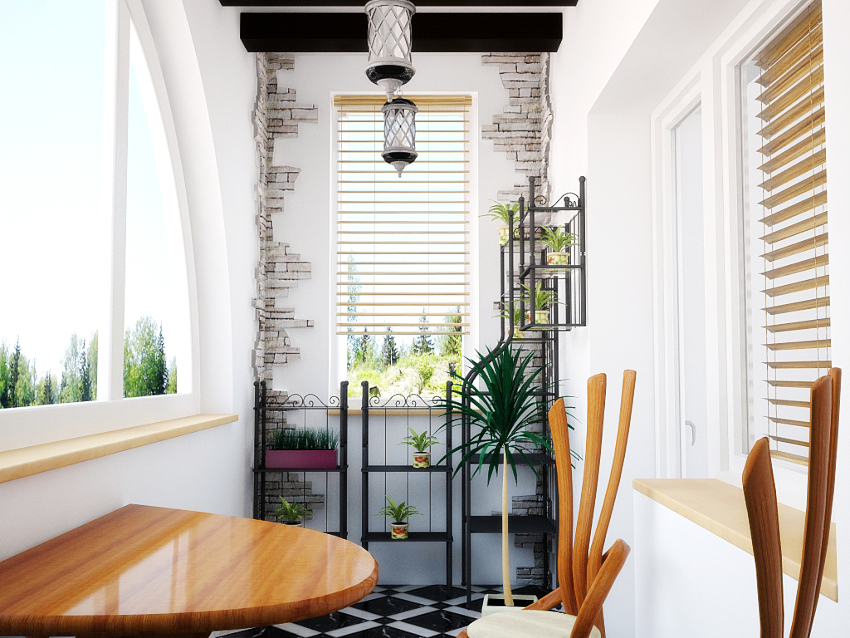
It is recommended to cover a small balcony with simple materials that do not require the installation of the lathing
First of all, you need to decide on the type of balcony. There are open and closed options, and it can also be a stained glass structure or a loggia that opens up a panoramic view. Among the many options, you can find balconies that have a fire escape.
The next thing to do is choose the type of material that will be used for the interior wall cladding. The outer surfaces can also be sheathed. Photos of interior finishes of balconies allow you to make the right choice. They make it possible to visually assess the attractiveness of each material.
For cladding, you can use plastic panels, as well as wooden lining. In addition, tiles, plaster, wallpaper, and many other materials are actively used for this purpose.
Note! There is a permissible load on protruding and attached structures. In the first case, it is 1100 kg. Those balconies that do not protrude beyond the plane of the facade can withstand up to 1800 kg of load. When choosing a finishing option, these figures must be taken into account.
Sheathing of loggias and balconies also requires careful counting of building materials. All calculations are carried out based on the size of a particular room. Individual features such as curvature of walls, temperature in winter, etc. are also very important.
The main advantages of clapboarding balconies
Molded board is a wide and flat board, which is the most popular material used for cladding interior balcony surfaces. The widespread use of lining is due to its ease of use and reasonable cost.
Installation is carried out on rails, which are installed on the walls at the beginning of work. With this material, you can sheathe walls, as well as the ceiling. When choosing a lining for a balcony, you need to pay attention to the quality characteristics of wood.
In addition to the ease of installation, there are other benefits of using this material.The lining is versatile. It can be used not only as interior decoration, but also as an external facing material. The quality of the lining depends on what kind of wood was used for its manufacture.
Another advantage of this material is that the individual elements (panels) have standard dimensions. This simplifies calculation and installation work. Thanks to the standardization of details, the appearance of such a cladding looks very presentable. To answer the question of how to decorate a balcony with clapboard, it is recommended that you read the written instructions and study the relevant video materials on this topic.
On sale you can find lining, the dimensions of which do not correspond to generally accepted samples. In this case, the material needs additional processing. For self-finishing, the standard lining is best suited. All products of this type are divided into 4 quality classes:
- Extra. The use of this material is the best option for finishing the loggia. The lining, which belongs to this class, is of high quality: it has a perfectly flat surface - without knots and other defects.
- A. Building material in this class is considered inferior. Individual parts of this type of lining may have knots, but there are no other defects in this case.
- B. Products that belong to this class may contain various defects such as microscopic cracks, gouges, etc. However, these defects can be removed using specialized equipment.
- C. This class includes the lowest quality construction products. In this case, the lining is the cheapest, but it has many defects that, as a rule, cannot be eliminated.
Features of finishing the balcony with wooden clapboard
Lining made of wood is most often used when carrying out interior finishing work on balconies and loggias. Of course, there are more economical cladding options, but they do not always differ in the same versatility and aesthetics. The ease of installation of this material is a serious advantage affecting its popularity and wide distribution.
If necessary, the organization of the balcony cladding can be provided to professionals. They will carry out all the necessary turnkey work. Decorating balconies and loggias with wood is a profitable and durable option.
Helpful information! The modern market offers European and domestic products. The material produced by foreign manufacturers does not have tangible advantages over products manufactured by Russian companies. Therefore, experts do not recommend overpaying.
Most often, the following tree species are used for the production of lining: linden, pine, and alder. Photos of finishing loggias with wooden clapboard allow you to verify the aesthetic merits of this solution. To improve the appearance of such a cladding, it is customary to varnish it. This solution has other advantages as well. For example, lining, on which varnish is applied, is more resistant to moisture, the formation of fungi and decay.
The advantages of wooden lining include the fact that it creates a cozy atmosphere. Such material is environmentally friendly and has a pleasant woody smell. Among other things, wooden lining is characterized by a long service life.
How to finish balconies and loggias with wood clapboard
Before starting work, it is recommended to calculate the required amount of material that will be required for lining the internal surfaces. It is also necessary to prepare an appropriate set of tools. During work you will need:
- screwdriver;
- puncher;
- electronic jigsaw;
- square;
- yardstick;
- building level;
- a hammer;
- self-tapping screws;
- nails;
- dowel-nails.
For work, you need nails, the length of which is 30 mm. The size of the dowel-nails should be 6x100 mm. Self-tapping screws are selected depending on the material, therefore, in this case, they must match the wooden parts. Clapboard decoration of a loggia or balcony is performed according to the instructions.
Before starting work, it is necessary to carry out appropriate preparation. It starts by removing the old cladding (if any). The surface needs to be cleaned and then leveled. Correction of the curvature of the walls is carried out with plaster.
The lining used for the interior decoration of a loggia or balcony most often needs additional processing, and therefore an antiseptic composition is used. After that, you can proceed directly to the installation work. First of all, it is necessary to complete the lathing, which is the basis for the wooden cladding.
The lathing is mounted using self-tapping screws and dowels in accordance with the markings that are made before starting the installation work. The recommended distance between individual lines is 50-70 cm.
Helpful information! The distance (pitch) between the screws used as fasteners should be approximately 15 cm.
Next, the sheathing is performed with clapboard. Decorating the balcony with wood is quite simple. The first wooden part is installed as follows: you need to lean it against the crate and fix it with a nail that is driven in the middle of the spike. The second product is joined to the first by means of a groove. Further work is done in a similar way.
Finishing the loggia with PVC plastic clapboard: a practical and budget option
Plastic lining has several advantages over its wooden counterpart. First of all, it is necessary to note the cost of such a cladding. The price for repairing a balcony with the help of plastic elements will be lower, so this option is popular. The ease of installation is also a major advantage.
Related article:
Glazing of the balcony and loggia: an overview of modern technologies
Constructive options with a different principle of the device, materials for production. Sash opening mechanisms. Glazing with roof.
Plastic lining is versatile. It is practical and durable enough under normal operating conditions. However, this material does not have a very presentable appearance. It is recommended to carefully study the photo of finishing the balcony with plastic clapboard, as they allow you to determine the feasibility of such a solution.
It is worth mentioning that such a cladding has a wide range of colors and does not need additional processing, since the plastic is resistant to moisture and fungus. Plastic panels are easy to clean. In this case, dirt is removed with a wet cloth or sponge. All plastic products are divided into 2 types depending on the presence of seams in the structure:
- seamless;
- suture.
Seamless. Balcony decoration with panels of this type has many advantages. Seamless lining is characterized by high strength, as it includes stiffening ribs.With the help of this type of plastic lining, you can easily carry out an independent lining of the internal surfaces on the balcony.
It is resistant to moisture, does not emit harmful chemical compounds, and also has good sound insulation properties. The width of such a lining allows you to speed up the installation process. Separately, it should be said that plastic seamless products can be used in the temperature range from -50 to +50 ° C. Among the shortcomings, one can note the large length of the parts (6 m), which makes it difficult to transport them.
Suture. Decorating balconies with PVC panels of this type allows you to visually expand the space of the balcony or loggia. The width of individual parts, as a rule, is 10 cm. The presence of connecting grooves is reflected in the relief of the wall, which should be taken into account.

The seam finishing of the balcony with PVC panels allows you to achieve a visual expansion of the space
Decorating the balcony with plastic panels: what you need to know
Preparation of the work surface is the initial stage of any cladding work. In the event that the walls have an old coating, then it must be removed and the surface must be completely cleaned. Then markings are applied and a wooden lathing is installed.
Note! Experts recommend purchasing material for cladding, taking into account a small stock. It is enough to add 10% of the material to the amount obtained as a result of calculations.
In the case of finishing the balcony with PVC products, it is best to purchase additional heat and sound insulation materials. Before starting work, it is advisable to watch videos on the Internet on this topic. This will allow you to understand the workflow and understand its nuances.
Installation of plastic panels begins with the ceiling lathing. In this case, it will be easier to work with cladding on the walls. This type of work is not difficult. After fixing the first profile, the subsequent ones are installed by means of spikes and grooves. The first piece is fixed to the center of the ceiling. Photos of finishing loggias with such material can be easily found on the Internet.
After covering the ceiling, the plastic panels are installed on the walls. The work is done in the same way. Separately, it should be said about the design of the corners. For this purpose, special plastic plugs are used, the number of which will also need to be calculated in advance.
Finishing the balcony inside with sandwich panels: a universal cladding option
Sandwich panels are a building material that consists of several layers (hence the name). It is used for exterior and interior wall cladding. Most often, sandwich panels include three layers. An insulating filler is placed between the two outer sheets, which are made of different materials. Outer sheets can be made of plastic, galvanized steel or chipboard. The most widespread is the first option.
The main advantage of sandwich panels is that, due to their design, they perform many functions. In addition to decorative purposes, it is also worth noting the thermal insulation and waterproofing functions. Finishing the loggia with panels of this type, among other things, provides good sound insulation.
To clad the balcony from the inside using this material, it is necessary to make a frame, which will serve as the basis for the panels. If the lathing will be made of wood, then all its elements must be treated with a special antiseptic compound before installation. This will increase the technical characteristics of the parts and extend their service life.
Note! This material for finishing balconies includes special spikes and grooves in its design. Through them, the cladding is assembled (the next part is joined with the previous one). The protrusion of the first part that has been installed, in turn, is wound under the locking bar.
With such panels, the room will always be dry and warm. Balconies sheathed with a similar material do not require additional finishing. All components necessary for installation work, as a rule, come in a set with sandwich panels. These products most often have a special protective film that protects them from minor scratches and dirt. It is important to remember that the film is removed no later than 10 days after the panels are installed.
Sandwich panels for finishing balconies: photos and installation recommendations
The first thing that needs to be done when installing sandwich panels is to make a crate to which the cladding elements will be fixed. Preparatory work for the installation of sandwiches is carried out in the same way as in the case of other materials. It is important to remember that if it is necessary to install the cladding to the ceiling, the first step is to install a plinth at the top of the crate.
The first sandwich panel should be mounted in the corner. To fix it, it is customary to use special wood screws. The subsequent installation of the panels is carried out using spikes and grooves, which is the most acceptable option for finishing the balcony inside. Photo and video materials on this topic allow you to visually assess the benefits of such an installation.
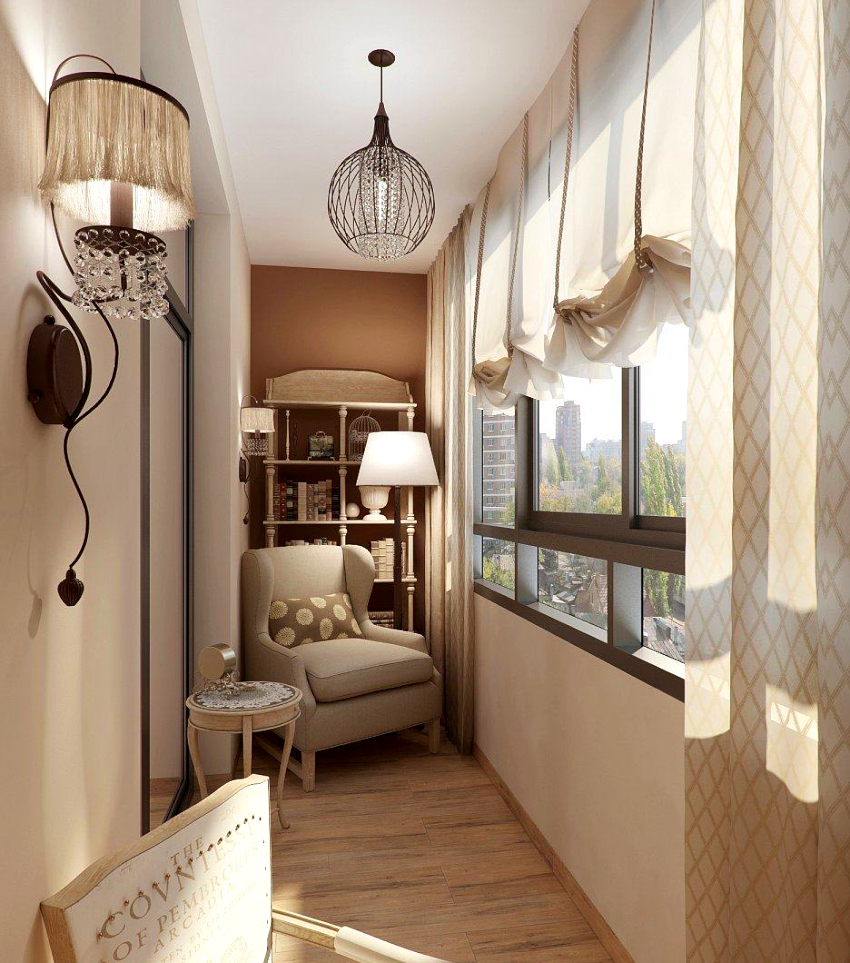
After facing the balcony with sandwich panels, you need to close the edges and corners of the structure with additional elements
It is important to remember that each subsequent part of this type is installed only after checking the previous element. It should be level. There can be no gaps between the individual panels.
After wall cladding, you need to close the edges and corners of the structure using additional elements. At the end of the work, it is necessary to check the evenness of the interior finish. For this, it is customary to use the building level.
How to sheathe the balcony inside? Aluminum panels
Aluminum panels are a rather expensive material, therefore they are not used so often for wall cladding on a balcony or loggia. However, they have many benefits. Such panels are of high quality. Their technical characteristics significantly exceed standard cladding options. These products have an unsurpassed appearance, and their shelf life is practically unlimited.
It is also worth noting that they are resistant to moisture, fireproof and have good resistance to mechanical stress. Aluminum balcony panels include 2 external metal sheets, between which there is a special heat-insulating filler.
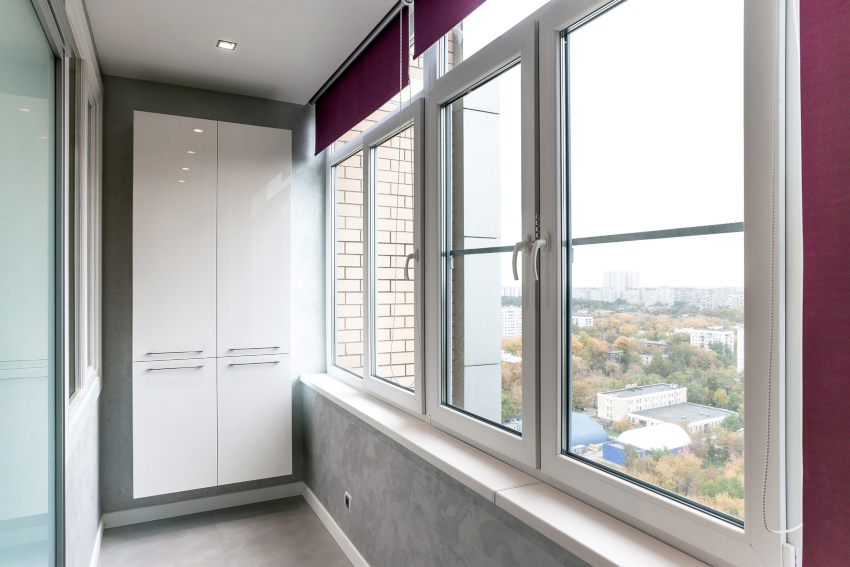
Aluminum panels are an expensive material, therefore they are rarely used in the decoration of the balcony.
Helpful information! The installation of such parts is not very difficult, since the aluminum material is not very heavy. Simplifies installation work and the fact that such panels are easy to bend if necessary.
The thickness of these products may vary. This indicator is selected depending on the individual characteristics of the room and varies from 2 to 6 mm. The maximum width of aluminum panels is 16 cm, and their length can be up to 6 m. Before starting the installation of such a cladding, it is recommended to study the training videos. Finishing a balcony with aluminum is a reliable way to insulate a room and give it a stylish look.
This material has practically no negative sides (in addition to cost). The modern market provides a wide range of colors for aluminum cladding.Thus, everyone can choose the required option for installation at home.
Siding: a popular option for finishing a balcony
Siding is a cladding material that is most often used for exterior decoration of buildings. However, it can also be used as an interior cladding. Siding is a panel that is installed using typesetting technology. They can be made from different materials. The most popular option is products made of durable plastic - vinyl. For interior decoration, you can use wooden siding.
Vinyl parts are produced using a special technology, which affects their performance. You can finish the balcony with siding yourself, since the installation technology in this case is not difficult.
Siding is characterized by a wide range of colors and can have a different texture, which is also considered a great advantage. This material is not only easy to install, but also very easy to repair in the event of a breakdown. A part that has been damaged during operation is replaced with a new one.
With the help of siding, you can make a stylish and modern renovation of the balcony inside. Photos of this type of designs can be easily found on the net. This material is environmentally friendly, does not emit any harmful substances. Of the advantages of siding, it should also be noted that such a cladding copes well with temperature extremes and is not prone to fire.
Decorating the balcony inside with your own hands with siding
The preparatory stage, which precedes the main installation process, is performed in the same way as in the case of wood and plastic clapboard. If the work on the balcony is not carried out in the summer, then it may be necessary to treat walls and other surfaces with a special antiseptic composition. This is due to the fact that the installation of waterproofing and other materials on damp walls is strictly prohibited by specialists.
As in the case of lining loggias with clapboard, siding is installed on a pre-prepared frame or lathing. Fixation of the frame is carried out using dowels. Further, it is recommended to fill the space between the battens with a waterproofing material.
Note! If wooden slats are used for the installation of the crate, then they must be treated with an antiseptic. This precaution will protect them from rotting.
Insulation can also be added to the waterproofing. Special photo and video materials on this topic will help you answer the question of how to sheathe a balcony inside with your own hands. At the beginning of the installation of the siding on the crate, it is necessary to fix the special guiding elements. They are attached to the wooden frame with self-tapping screws.
Next, you need to prepare the siding itself. It is cut with metal scissors to the desired length. The first panel must be mounted in the corner of the room. It is fixed to the frame with self-tapping screws. Further installation is very simple: each subsequent part is inserted into the groove of the previous one with its spike. Completion of work involves the installation of special plugs in the corners of the balcony.
Plasterboard finishing of balconies inside: photos and features
Drywall is an easy-to-handle material. It is widely used in construction, including for the organization of the interior cladding of balconies and loggias.Plasterboard cladding is used when it is necessary to correct the unevenness of the walls.
Plasterboard installation begins with the assembly of the frame. In this case, experts categorically do not recommend using wooden slats. For a plasterboard base, a metal profile is best suited. In this case, the installation differs from the usual technology for cladding balconies with plastic, wood or metal panels. This is due to the fact that the drywall is fixed without the use of grooves and spikes.
Experts advise using a moisture-resistant variety of this material for interior decoration of balconies. It is important to remember that gypsum plasterboard sheets have an unpresentable appearance, therefore, they need a finish. Most often, wallpaper or a decorative type of plaster is used for this.
If desired, such panels can be painted, however, in this case, the joints between the individual sheets will be visible. Decorating the walls on the balcony with plasterboard material is simple, but it is very important to follow the sequence of actions that is prescribed in the instructions.

For interior decoration of the balcony plasterboard, it is recommended to use a moisture-resistant variety of this material
Plasterboard sheets are characterized by a rather long service life (approximately 15 years) and are resistant to open flame.
Note! Plasterboard allows you to create a perfectly flat surface, which is why it is popular in the construction industry.
Balcony decoration with stone and ceramic tiles
A non-standard option for finishing internal surfaces on a balcony or loggia involves the use of stone (artificial or natural). Ceramic tiles are a more common material, but they are not used as often now as in Soviet times.
The main advantage of tiles is their hygiene. It is easy to clean and resistant to any chemicals. If desired, you can find tiles of any color on the construction market. The outer surface of the ceramic has a different texture. In addition, the tiles can imitate brickwork.
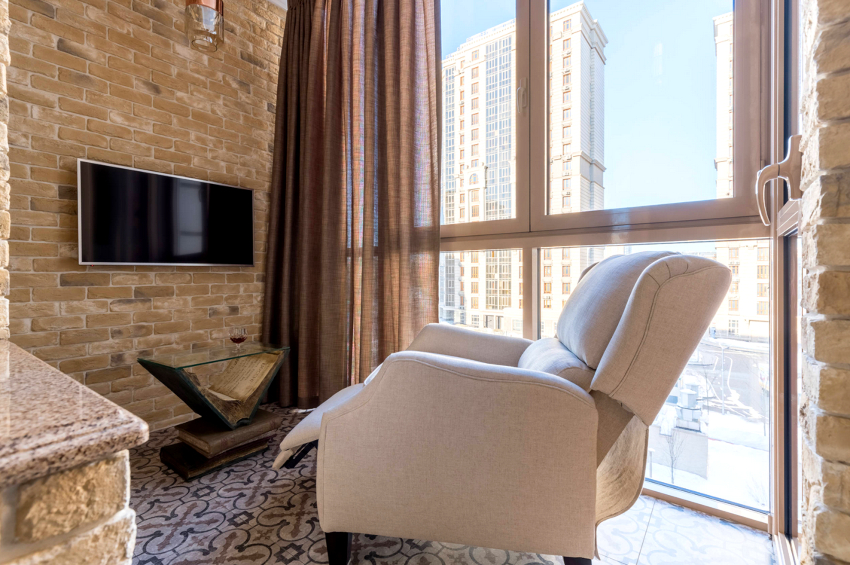
It is recommended to use artificial stone for finishing balconies, as it has less weight than natural
If the question arises of how to decorate the walls on the balcony to get a custom design, many are inclined towards such an option as ceramics. Among other advantages of the tiles used for wall cladding on the balcony, one can single out the fact that they are highly durable. This material is resistant to temperature extremes and also fire resistant.
It is not recommended to use ceramics on the balcony when flooring is required. This is due to the fact that the tile is a slippery type of coating. An interesting balcony finish can be obtained by combining stone and ceramic tiles.
Another option for facing a balcony or loggia is a stone. It is important to remember that natural material is used only for loggias. For ordinary balconies, it is recommended to use artificial stone, as it has less weight.
The cost of finishing a stone balcony is much higher than the price of organizing any other facing. This is the main disadvantage of this solution. The advantages of the stone are considered to be its spectacular appearance, strength and durability. This type of finish looks incredibly beautiful.
Using decorative plaster to repair a balcony: photo
In contrast to the above options for cladding, decorative plaster refers to the "wet" methods of finishing surfaces on the balcony.Before purchasing this material, it is recommended to study the possible cases in which it is best to use it.
Decorating the balcony with decorative plaster requires a base. Experts advise to apply this material when the wall is sheathed with plasterboard. Thus, the walls should be as flat as possible. This is the main condition for the use of this finishing material. Decorative plaster is often purchased solely for aesthetic reasons.
Using decorative plaster on the balcony has several advantages that are worth paying attention to. The main one is the ease of applying such material to the walls. For self-organization of finishing, this option is perfect.
Helpful information! Such plaster has a fairly affordable cost, and is also resistant to temperature fluctuations and moisture.
Of the disadvantages of this material, it should be noted that it needs a base, and work involving the application of plaster should be carried out only at positive temperatures. The service life of this finish is lower than that of other "dry" materials.
How to insulate walls on a balcony or loggia: repairs using various materials
Most often, the balcony is insulated from the inside. This is because such work is easier to organize. However, it is worth taking into account the fact that internal thermal insulation narrows the usable area of the room. Therefore, for small balconies, this insulation option will not always be advantageous.
One of the more popular low-cost thermal insulation options is foam. It is used for decoration and insulation of balconies everywhere. Foam sheets have different dimensions. Their thickness is different, which makes it possible to choose the option most suitable for a particular situation. Also, the foam is highly resistant to moisture.
Another material that is used to insulate balconies is called expanded polystyrene. The main advantages of PPP are its strength and moisture resistance. This material is classified as fireproof, which is also a great advantage. If necessary, a finishing (for example, plaster) can be applied to the expanded polystyrene.
When installing any heat insulator, you must clearly follow the step-by-step instructions for finishing the balcony with your own hands. It is much easier to carry out insulation indoors, and therefore this option is recommended when the work is done without the participation of professionals.
Mineral wool is often used for thermal insulation of balconies. However, this material requires the organization of additional layers of vapor and waterproofing. Thus, for self-installation, it is not as attractive as the previously reviewed heaters.
Finishing the ceiling and floor on the balcony: recommendations
Most often, the same material is used for ceiling sheathing as for walls. This allows you to maintain the integrity of the room. Of course, there are exceptions to this rule, but they are not so common. If desired, all surfaces can be sheathed with laminate. Finishing a balcony with this material has many advantages, among which it should be noted a presentable appearance and good thermal insulation.
Experts recommend using a combination of different textures when it is necessary to hide the imperfections of the room. For example, if the balcony has a low ceiling, then you can visually raise it through a contrasting color combination.
Note! When finishing the ceiling, it is worth considering that lighting devices will be located on it.
There are many interesting ideas for decorating a balcony, which, with the proper desire, will not be difficult to translate into reality. Combinations of materials can be very diverse, depending on the imagination of the owners.
For flooring, linoleum, laminate and ceramic tiles are most often used. The first option is the most attractive in terms of cost. However, such a coating does not have the best appearance. The wooden floor on the balcony allows for a cozy feeling. If a laminate is used for finishing the floor, then it is recommended to purchase its moisture-resistant variety.
Finishing the balcony outside: what materials are used
Very different requirements are imposed on the external facing of the balcony. The materials used for this must have higher strength and wear resistance. Among other things, such a cladding must have an increased resistance to high and low temperatures and direct sunlight. In order to make the choice of one of the materials suitable for a particular case, it is recommended that you familiarize yourself with their list.
Vinyl siding is a popular option used for finishing a balcony or loggia outside. There are two types of such cladding: traditional and facade. Photos of balcony claddings allow you to make the right choice. Traditional vinyl siding is long planks that are fitted with tenons and grooves. This fastening makes it possible to significantly simplify the installation of this facing material.
In turn, facade siding has uneven edges, which differ in that they imitate the texture of stone or brickwork. Regardless of what material is used for installation outside the balcony, the installation technology is the same. First, the base (lathing) is constructed, after which the siding is fixed to it. Individual elements are fastened by means of self-tapping screws.
However, it should be noted that the frame for facade siding has some differences, which are due to the specific structure of individual elements. The easiest way is to organize the external decoration of a small balcony. The cost in this case will also be lower, since less materials are required for this work.
Another common option for facing external surfaces of a balcony or loggia is metal siding. Of course, vinyl boards have their advantages too. However, metal products are characterized by maximum strength and resistance to various adverse environmental factors.
Note! Most often, metal siding is used for cladding balconies on the lower floors. This is due to the fact that in this case the likelihood of damage increases.
Metal siding is made from aluminum. Another material that is popular in the production of such cladding is galvanized steel. The materials used for the repair of balconies and loggias are selected depending on the operating conditions, cost and personal preferences of the owners.
In addition to metal siding, profiled sheet is actively used in the outer cladding of balconies. It is made of galvanized sheet and is characterized by high strength. Galvanized steel is resistant to moisture and temperature extremes, therefore it is an excellent option for external cladding.
The choice of material for the interior cladding of a balcony or loggia depends primarily on the taste preferences of the owners.Before purchasing a cladding, it is necessary to take into account many factors, such as the dimensions of the room, the temperature in it, the curvature of surfaces, etc. The cost of the material also affects its choice. When organizing the cladding yourself, it is recommended to strictly follow the installation instructions.
